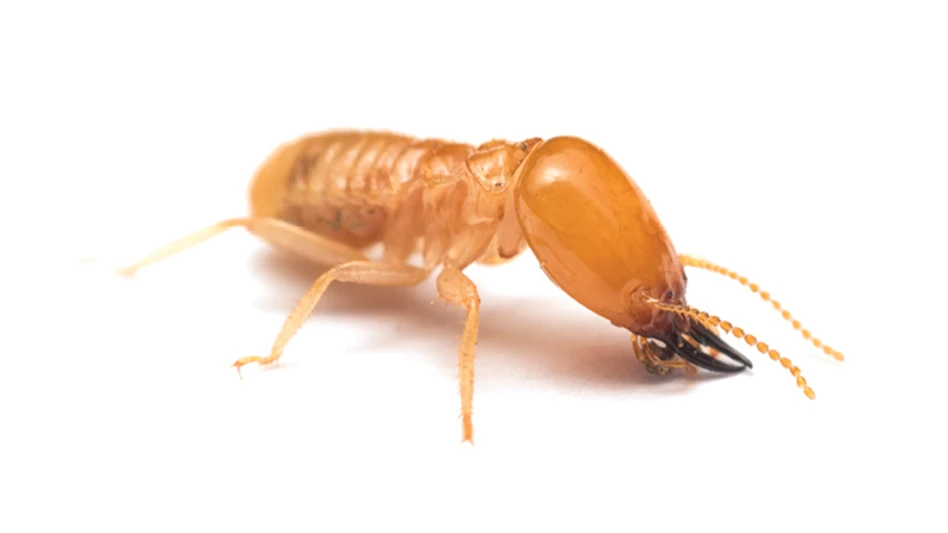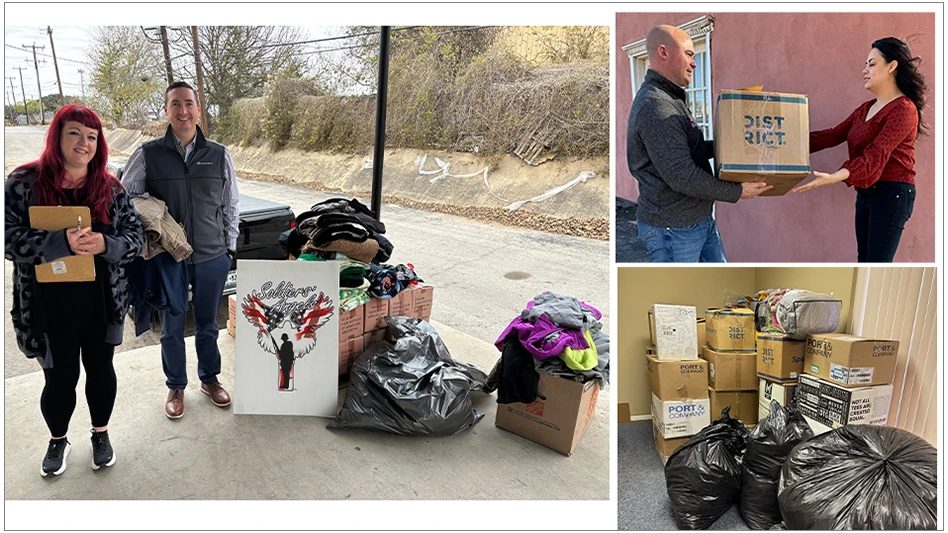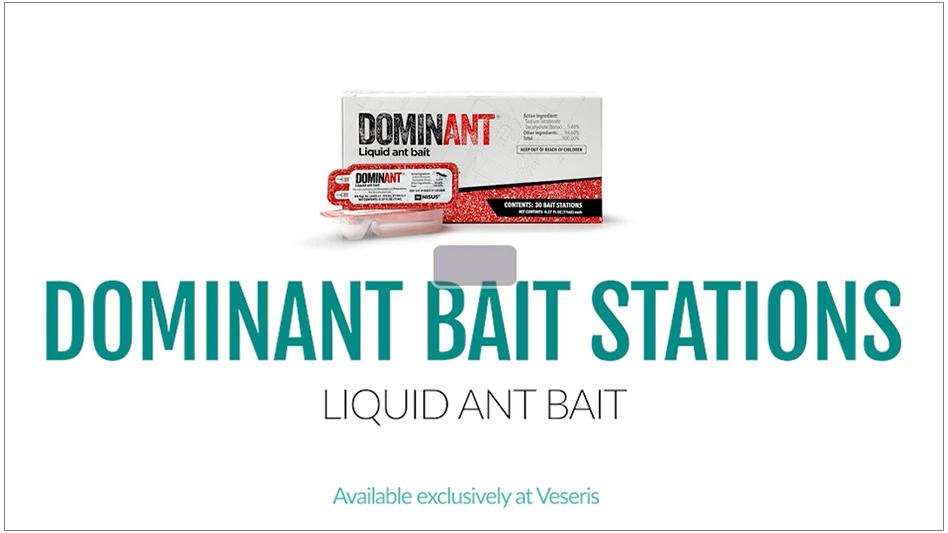For any PCO, the ideal integrated pest management (IPM) program is one that is implemented from the ground up. New construction opportunities are a perfect way to ensure that features such as doorways and land-scaping will be designed to reduce pest populations. This type of forward thinking saves additional expenses and headaches later.
According to David Shangle, director of technical services at Anderson Pest Control in Elmhurst, Ill., forward thinking is a very real part of their business. “At that point, IPM shines. When we talk about mechanics and processes for cleaning or maintenance to solve the problem before it occurs — that’s the ideal situation and it really does happen to us.” A family-owned business since 1912, Anderson Pest Control is a full-service firm in the greater Chicago area that deals with all types of general pest control. Three-fourths of its accounts are commercial, and virtually all of its IPM programs for these accounts include rodent control.
EVOLVING TOWARD IPM. In 85 years of business, things have certainly changed in the way both Anderson and its clients approach pest control. “Picture a warehouse with mice. Doors are open and the walls have holes. In the past, the client would want us to go in and kill all the mice like a harvesting process,” recounts Shangle. “Those situations are becoming more and more rare.”
Today, the technicians at Anderson Pest Control work closely with clients, making sure they understand all steps involved in the IPM process. “We are working with clients to get them to seal up the building and keep weeds trimmed back,” Shangle explained. Furthermore, Shangle finds that more and more customers are becoming knowledgeable about IPM, whether they refer to it by name or not. “In terms of plant management, customers are more sophisticated than 10 years ago,” he says. “They are more willing to work with us, and when they have a problem, they’ll ask how to avoid it in future.”
Of course, not everyone is as quick to buy-in to the idea of IPM. And often the customers who need it the most are the most difficult to convince. A likely hard-sell is a business that has been shut down by a government agency because of mice. “The client is in a panic. They’ve either been paying someone or they employ someone internally and nothing has been done,” explains Shangle. “They’re in trouble and they want us to fix it fast.”
Even in these situations, IPM options are presented as a solution to what could become a recurring problem. Depending on government pressure, some clients are open to the idea. Others say they’ll consider it after their doors are once again open for business. “They only see the big sticker on their door and don’t consider what led to that sticker getting there: inadequate pest control, poor maintenance or poor sanitation,” Shangle observes.
A PALATABLE PRODUCT. When a rodenticide is called for as part of an IPM approach to rodent control, Anderson trusts Generation from LiphaTech. “Generation is one of the best tools we have as far as rodenticides,” says Shangle. He attributes Anderson’s success with Generation to its palatability. The product contains the active ingredient difethialone, which is highly effective in small amounts.
“Nearly all the active ingredients marketed to the professional pest control industry are fine products and will work well for rodent control if the rodents will eat them,” Shangle says. “The ‘if’ is what sets Generation apart from the others. When a rodenticide product is called for as part of an IPM approach to rodent control, the product of choice for most of our technicians is Generation. Mice love it. They eat it, then they die.”
Shangle recalls a warehouse client that had a serious infestation of mice. Traps and glue boards were used as a first step in combatting the problem. “We were catching mice like crazy but we weren’t getting control fast enough for our client. We turned to the Generation block and we were picking up mice everywhere.”
Whenever a chemical is used, safety precautions are employed and explained in detail to the customer. Anderson relies on tamper-resistant bait stations to confine the product, keeping it away from everything but the rodents. Education remains the key in convincing accounts to incorporate IPM into their programs. “With some of our more sensitive accounts, such as those in health care, we offer a fairly intensive, on-site training program,” says Shangle. “We let employees know what we do, how we do it and what their role in the process is.”
After adjusting to IPM, a few of Anderson’s most receptive clients approach technicians with ideas of their own. However, Shangle says many clients remain on the fence. “As long as they don’t have a problem, they aren’t interested in pest management. But as soon as they have a problem, they’re very interested.” Many PCOs find that getting people to do the things necessary for an IPM program occurs most frequently when they are in trouble. However, with increased education, IPM can become the cornerstone of pest management.
Anderson Pest Control takes a positive approach to IPM and believes in establishing long-term relationships with its clients. “We are an integral part of our clients’ businesses,” said Shangle. “We are protecting their product, whether it is fast food or health care. We work together to ensure success.”
Heather Way Nahas is a writer based in Milwaukee, Wis.

Explore the October 1997 Issue
Check out more from this issue and find your next story to read.
Latest from Pest Control Technology
- ActiveGuard Mattress Liners Offered to Philadelphia Fans Traveling to The Big Game
- Pest Index Increased 11 Percent YOY in December
- Hawx Pest Control Earns QualityPro Accreditation
- Envu Announces Lichtenstein as Chairman of Board of Directors
- Spider Expertise, Cockroach Species, AI Tools for Disease Transmission Hot Topics at Purdue Conference
- Rose Pest Solution Promotes Kandler to District Manager of Columbus (OH) Office
- Webinar: Maximizing Cash Flow — Key Strategies for Business Growth
- WorkWave Announces Wavelytics





